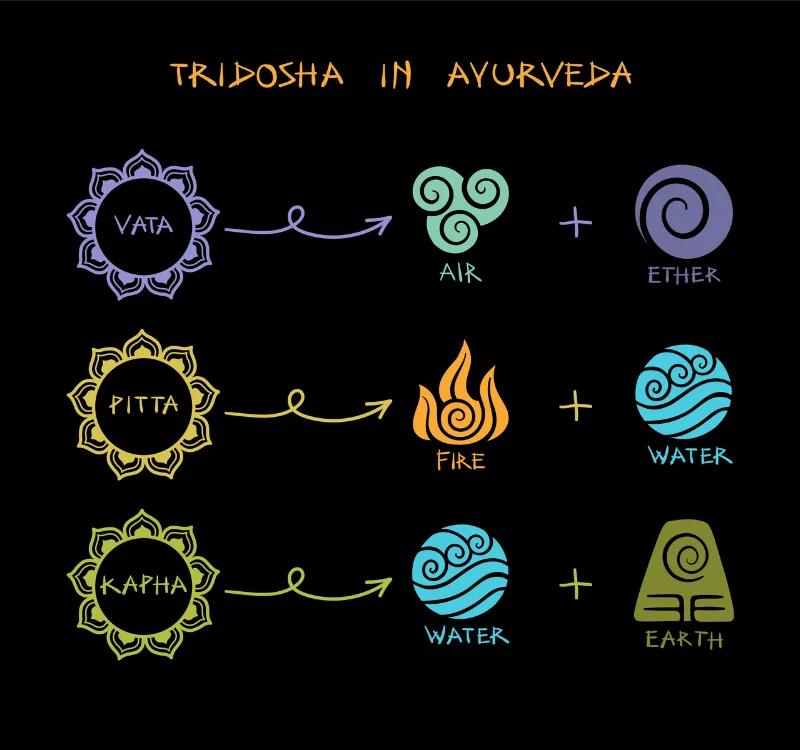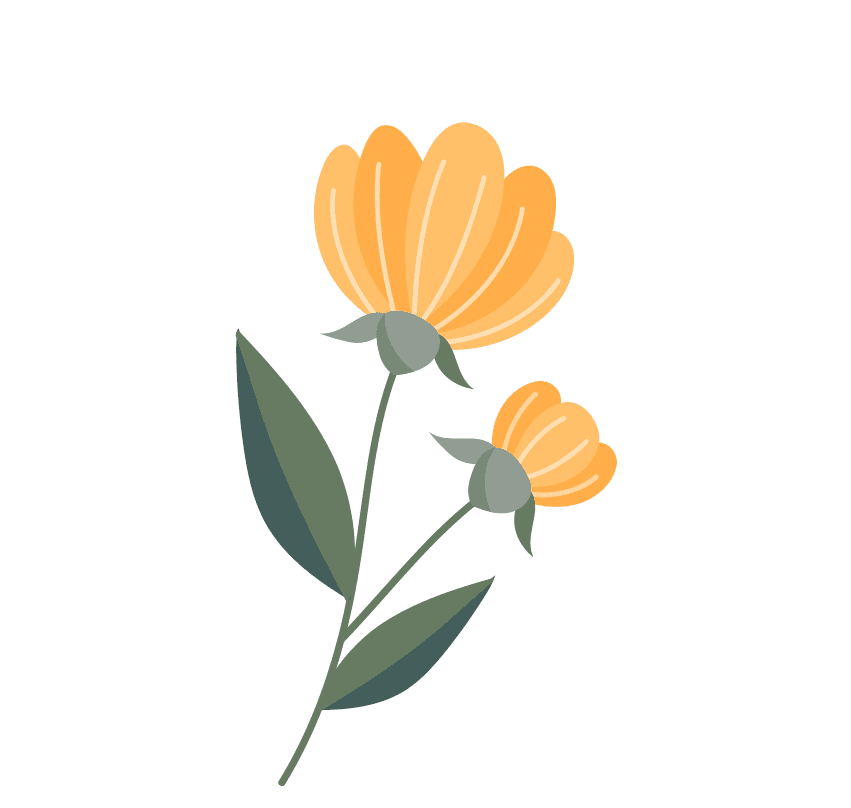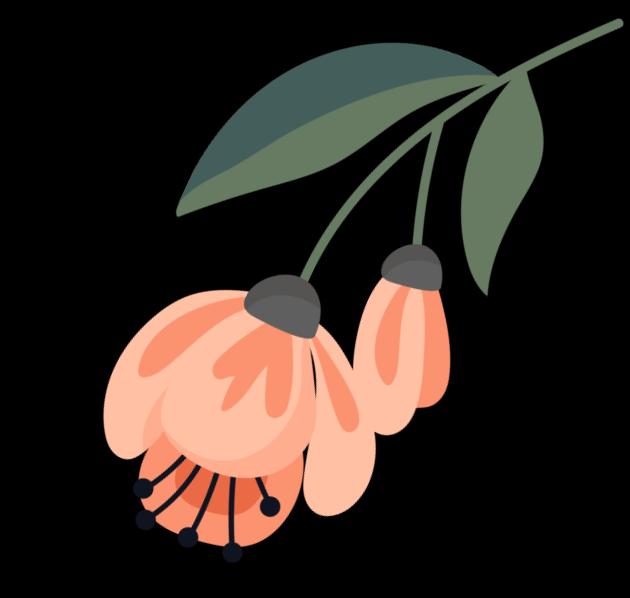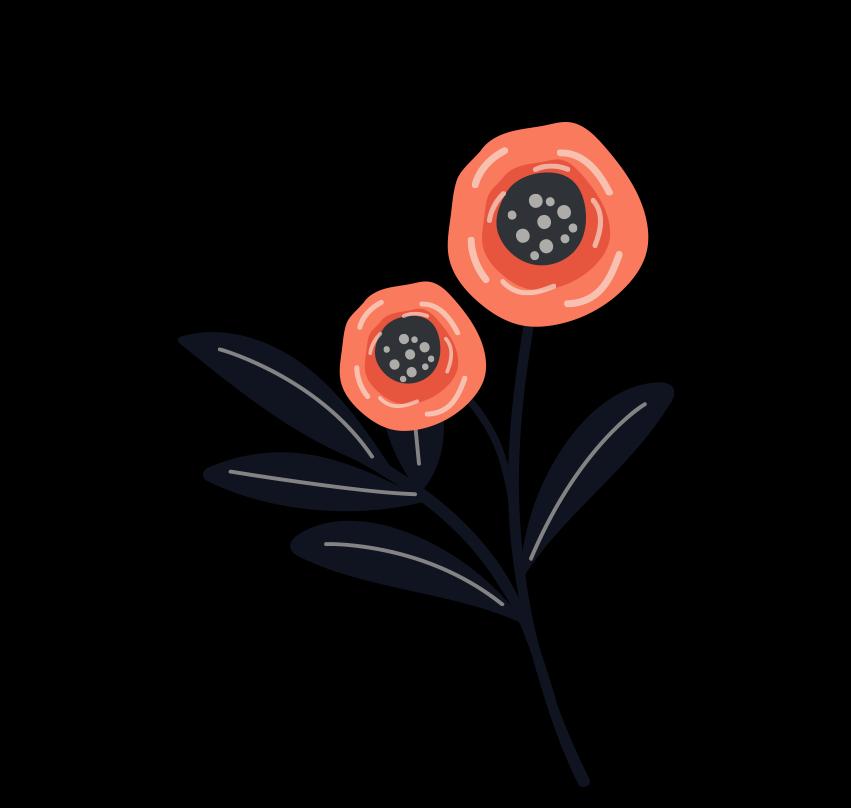Understanding the Tridosha Theory, Triguna in Ayurveda & How to Balance Them!
Oct 30, 2024

The traditional, age-old Indian method of medicine is called Ayurveda. The literal meaning of its name is "life knowledge." In order to treat and prevent illness, the Ayurvedic approach to holistic healthcare places a strong emphasis on harmonising the body, mind, and spirit. Through body cleaning, yoga, meditation, food, exercise, and lifestyle changes, this 5,000-year-old discipline aims to bring the body and environment into harmony. The foundational idea known as the "tridosha tatwa" forms the basis of the Ayurvedic therapy approach. Let’s understand more about this approach in this article.
Table of Contents:
- What is Tridosha in Ayurveda?
- What is the Tridosha theory in Ayurveda?
- Relationship Between Panchmahabhuta Tridosha.
- What is the relation between tridosha and triguna?
- How to balance tridosha in Ayurveda?
- Conclusion.
- FAQ.
What is Tridosha in Ayurveda?
We’ll begin our blog with basics and first explore what is tridosha in Ayurveda? According to its etymology, the word tridosha in Ayurveda comes from the Sanskrit words "tri" and "dosh," which mean three and vitiated factors, respectively. When combined, they indicate the "three principles or tri-energies," while the Sanskrit word "tatwa" means "theory," in English. In essence, vitiating elements are important for maintaining both disease or illness and health or well-being. In summary, when tridoshas work together harmoniously, health or well-being is maintained.
What is the Tridosha theory in Ayurveda?
According to the Tridosha theory in Ayurveda, for the human body to operate at its best, the Doshas make sure that all of the mahabhutas are kept together and carry out their functions in concert. The same elements (mahabhutas) that make up our bodies also make up doshas. The Tridosha theory in Ayurveda maintains that the three doshas are the body's three pillars. The key to a healthy body is their balance.
Vata Dosha
The elements of space and air make up vata. It balances all physiological processes and evenly distributes heat and cold throughout the body. All pitta, kapha, bodily tissue, and waste expulsion processes are governed by vata. Through the senses, Vata oversees mental processes and perception. It is primarily found in the area beneath the navel in the lower body.
Pitta Dosha
Pitta is composed of water and fire. It stands for the fire forces. Pitta is responsible for food digestion, the production of nutritious fluids, the separation of nutrients and waste products, and the absorption and distribution of nutrients. Pitta is in charge of maintaining the body's heat, which is an indication of life. The Pitta is in charge of all metabolic processes. It is situated between the navel and the heart in the central part of the body.
Kapha Dosha
It is composed of the elements of water and earth. It functions similarly to a buffer and coolant system. It balances the excessive dryness brought on by the Vata Dosha and the excessive heat brought on by the Pitta Dosha. Kapha is responsible for the body's immunity and aids in tissue nourishment. It is found in the upper body, specifically in the head and chest.
Relationship Between Panchmahabhuta & Tridosha
The term "panchmahabhuta" refers to the five mahabhutas—space (akasha), air (vayu), fire (agni), water (jala), and earth (prithvi)—that make up the material world. Everything, including the human body, is made of these components in different ratios. According to Ayurveda, a certain mix of the five elements corresponds to each dosha. Space and air make up Vata, fire and water make up Pitta, and water and earth make up Kapha.
Mahabhuta | Properties | Sense Organ |
Akash | Empty region of cosmos, sound. | Ear |
Vayu | Subtle, touch. | Skin |
Jala | Movement, Taste. | Tongue |
Agni | Energy, vision. | Eyes |
Prithvi | Solidity, smell. | Nose |
What is the relation between tridosha and triguna?
Two vital concepts in Ayurveda are triguna and tridosha. Understanding the relation between tridosha and triguna is essential to comprehending Ayurveda's holistic approach to health and wellbeing. The three doshas, or biological humors, of Vata, Pitta, and Kapha are referred to as Tridosha. According to Ayurveda, disease and illness can result from any imbalance or disruption in these three doshas, which are in charge of controlling a number of physiological and psychological processes in the body. Sattva, Rajas, and Tamas are the three gunas, or essential attributes of nature, that are referred to as triguna. Everything, including food, ideas, feelings, and action, contains these gunas.
Rajas stands for energy, passion, and restlessness; Tamas for inertia, gloom, and lethargy; and Sattva for purity, harmony, and balance. In order to maintain physical, mental, and spiritual well-being, Ayurveda places a strong emphasis on developing sattva and avoiding rajas and tamas. The following is an explanation of the relation between tridosha and triguna:
The five elements make up the three doshas, which are impacted by the three gunas. Each dosha's characteristics and functions are determined by the specific combination of the five elements that it is linked to. Food, behaviour, and surroundings are all the aspects through which the gunas affect the doshas, and therefore an imbalance in the gunas can result in an imbalance in the doshas.
In a similar vein, an imbalance in the doshas can impact the gunas and disturb the body's five elemental equilibrium. By treating imbalances in the doshas, gunas, and elements using a variety of holistic therapies, including nutrition, herbs, lifestyle, and meditation, Ayurveda aims to bring harmony and balance back to the body and mind. Ayurveda offers a thorough framework for fostering health, preventing illness, and attaining overall well-being by comprehending the relationship between tridosha and triguna.
How to balance tridosha in Ayurveda?
According to Ayurveda, preserving health and avoiding illness depends on keeping the Tridoshas in balance. The disease can result from disturbances in the equilibrium of the Tridoshas caused by changes in diet, lifestyle, seasons, and mental, emotional, and environmental variables. Ayurveda provides a variety of methods to balance the doshas, such as Panchakarma, herbal remedies, lifestyle changes, and a healthy diet.
Vata's cool, light, and dry traits can be alleviated with a diet and lifestyle that balances it. Pitta's fiery, sharp, and intense personality can be subdued with a diet and lifestyle that pacifies Pitta. The gradual, constant, and heavy nature of Kapha can be countered by a pacifying regimen.
Conclusion
For people looking for genuine solutions, Ayurvedic treatment is widely acclaimed for its ability to balance the doshas through customized therapies. With its long history and age-old knowledge, Ayurveda provides Panchakarma, herbal therapies, and tailored diets to help balance Pitta, Kapha, and Vata, fostering overall health and well-being. Additionally, by methodically analysing each person's unique conditions, Ayuvya Ayurveda aims to provide the best results for the management of skin disorders. It has shown its credibility by upholding the strictest confidentiality guidelines for customer data.
Frequently Asked Questions
It is situated in the lower body beneath the navel.
Follow a healthy diet, avoid intoxicants, work out regularly to keep your doshas in balance.
They are known as panchmahabhuta.
Sattva, Rajas & Tamas are the trigunas in Ayurveda.
They consist of Vatta, Pitta, & Kapha.















